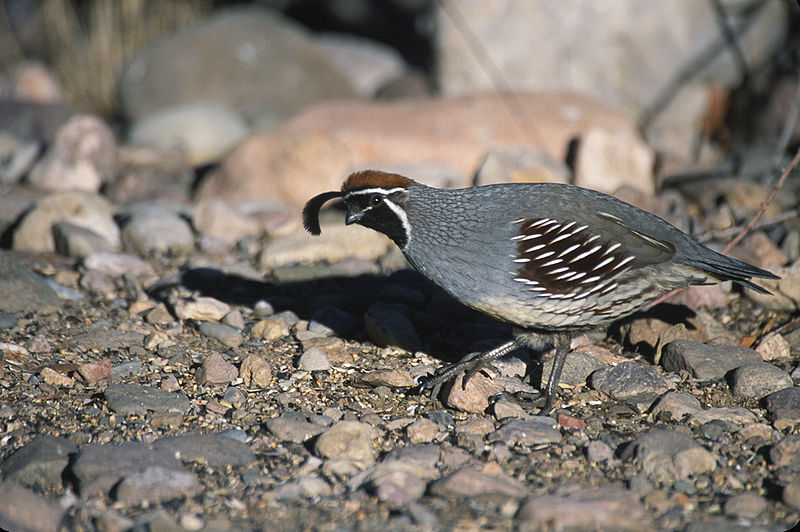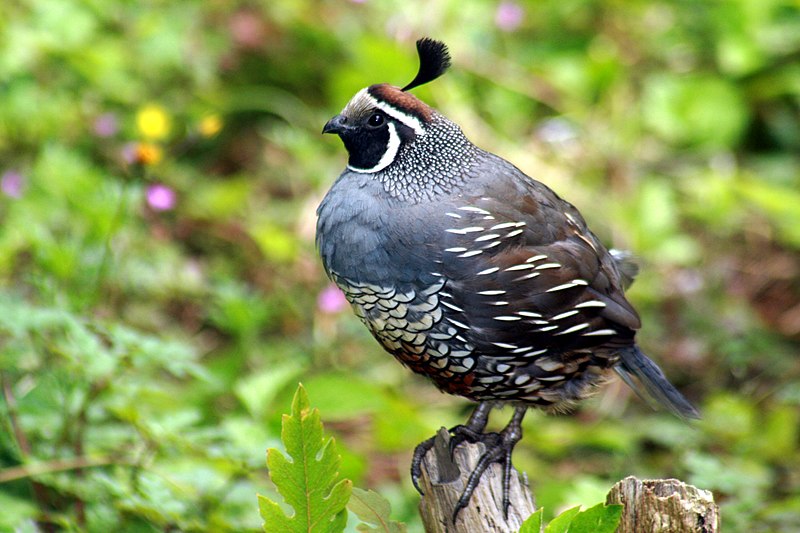Please see Part I of this article for more information on caring for California Quail (Callipepla californica). I’ll continue here with breeding and introduce the closely related Gambel’s or Desert Quail (C. gambelii).
Breeding
 California Quails breed readily when housed in a tranquil, well-planted aviary (only one pair per aviary may be kept) that allows for nesting below shrubs or among tall grass clumps. Hens in peak condition may produce clutches of up to 20 eggs, with a second likely if the first is pulled for artificial incubation (for a possible total of 40 eggs per season!). Read More »
California Quails breed readily when housed in a tranquil, well-planted aviary (only one pair per aviary may be kept) that allows for nesting below shrubs or among tall grass clumps. Hens in peak condition may produce clutches of up to 20 eggs, with a second likely if the first is pulled for artificial incubation (for a possible total of 40 eggs per season!). Read More »
 That Bird Blog – Bird Care and History for Pet Birds
That Bird Blog – Bird Care and History for Pet Birds

